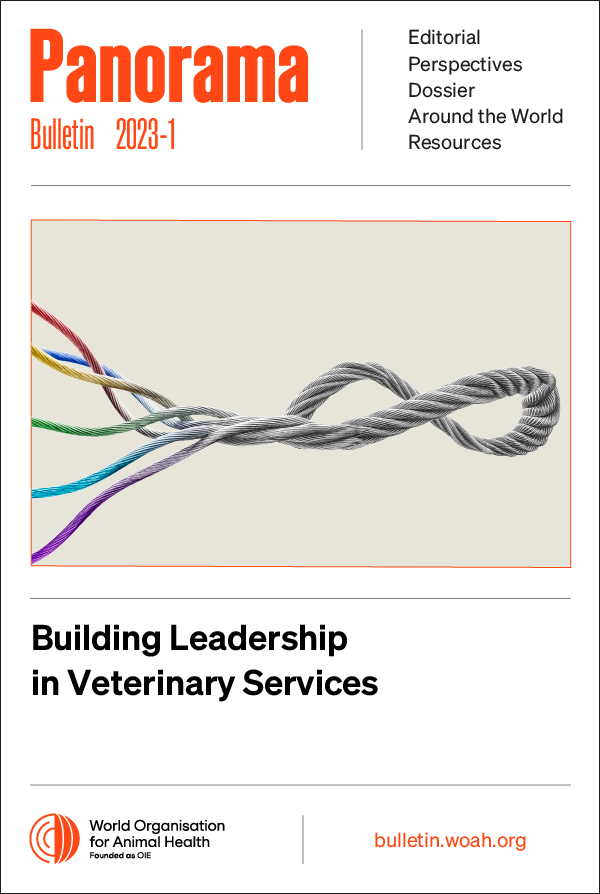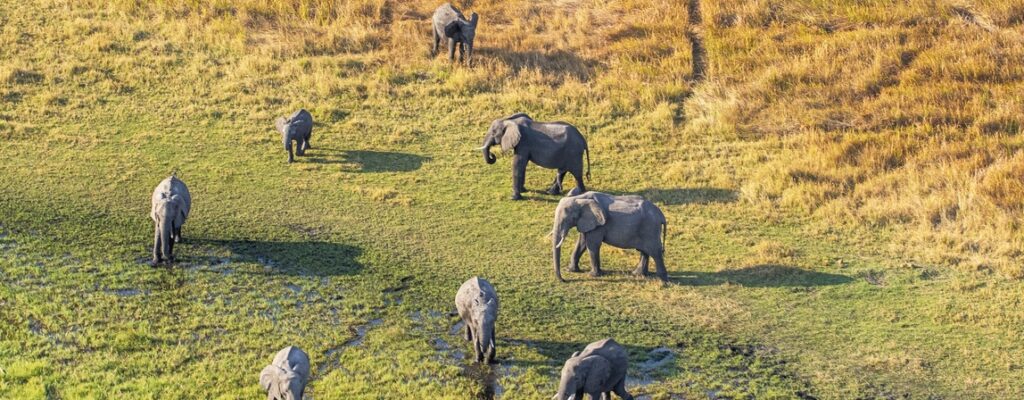Perspectives Posted on 2023-02-22 15:36:11
Opinions and strategies
Simulation exercises, an essential tool for building One Health resilience
Keywords
Authors
D. Donachie, Preparedness and Resilience Department, World Organisation for Animal Health (WOAH).
To assist its Members, the World Organisation for Animal Health (WOAH, founded as OIE) has published high level recommendations for Veterinary Services and Aquatic Animal Health Services on how to plan, deliver and learn from simulation exercises [1, 2].
A simulation exercise is a controlled activity where a situation, that could exist in reality, is imitated for training, assessment of capabilities and testing of plans [3]. Holding a simulation exercise offers multiple benefits such as to:
- Identify strengths, gaps and areas for improvement in emergency plans and procedures;
- Encourage familiarisation with plans and procedures;
- Allow exercise players to practice their roles and decision-making in a safe environment outside of an emergency;
- Foster interaction and build networks with other agencies, stakeholders and other countries.
Simulation exercises can take a discussions-based format, such as a table-top, or an operations-based one such as a drill, functional or full-scale exercise. Veterinary Services and Aquatic Animal Health Services should take a progressive approach to undertaking exercises, starting with simpler ones first such as table-tops and drills before attempting the more complex forms of exercises.
Simulation exercises should be also part of a wider programme of capacity building and not stand-alone. Exercises are a fundamental component of the emergency preparedness cycle and can allow for continuous improvement in emergency preparedness. Every exercise should include an evaluation to identify strengths, lessons and corrective action if necessary, as well as an evaluation of the exercise itself to allow for improvement in the planning and delivery of future exercises.
WOAH also recommends that its Members report the intention to hold a simulation exercise to the organisation, to enable the global dissemination of the notification to raise visibility of Members’ preparedness activities and also to avoid any misunderstandings that the exercise is a real disease event or real emergency [1, 2].
https://doi.org/10.20506/bull.2023.1.3381
References
- World Organisation for Animal Health (OIE) (2020). – Guidelines for simulation exercises. (Accessed on 22 August 2022).
- World Organisation for Animal Health (WOAH) (2022). – Simulation exercices.
- World Organisation for Animal Health (WOAH) (2022). – Terrestrial Animal Health Code. (Accessed on 22 August 2022).












